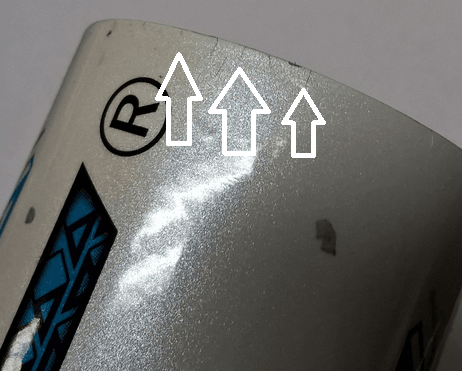In the ever-evolving world of baseball and softball, players and enthusiasts often seek innovative methods to enhance the performance of their equipment. Recently, a question emerged in an email regarding the practice of bat rolling with end caps removed. While the concept may seem intriguing at first glance, delving deeper reveals a host of issues and potential pitfalls associated with this unconventional approach.
Theoretical Appeal and Practical Challenges:
At first glance, the idea of bat rolling with the end caps removed appears to have some theoretical merit. The notion is rooted in the desire to increase the bat's flex, facilitating a more complete break-in process. However, the practical implementation of this method presents several significant challenges and drawbacks.
Altered Bats and Structural Integrity:
Removing the end cap transforms the bat into a clearly altered state. While bat rolling itself is often considered a form of alteration, removing components crosses a distinct line. Most baseball and softball associations, along with bat manufacturers, explicitly classify any modification or replacement of bat parts as a clear-cut alteration.
From a structural standpoint, removing the end cap during rolling can lead to hairline parallel cracks, particularly towards the end of the bat where the paint ends. The presence of thicker cracks running parallel down the barrel is another common issue. These structural defects are a direct result of the increased flex on the bat, pushing it beyond its intended limits.
Challenges in Cap Replacement:
The challenges associated with removing and replacing end caps further compound the risks of this method. Applying end caps requires a level of expertise to avoid potential complications. Some common issues include:
-
Incorrect Epoxy Type: The use of the wrong type of epoxy can render it too brittle, causing pieces to break off during use. Additionally, incorrect mixing may result in epoxy that is either too brittle or too malleable.
-
Improper Cleaning: Failing to clean the designated area before securing the cap can lead to instability and the cap creeping out during use.
-
Epoxy Leakage: Poorly secured end caps may result in epoxy leaking out during the drying process, further compromising the bat's integrity.
-
Cap Breakage: Even with careful handling, some end caps may break during removal, necessitating the use of non-OEM (Original Equipment Manufacturer) replacements.
Conclusion:
While the idea of bat rolling with end caps removed may spark curiosity and a desire to think outside the box, the associated risks and challenges outweigh the potential benefits. This method, driven by good motivation but flawed judgment, can compromise the structural integrity of the bat, potentially leading to performance issues and safety concerns on the field. It is crucial for players and enthusiasts to exercise caution and adhere to established guidelines to ensure the longevity and reliability of their equipment.
